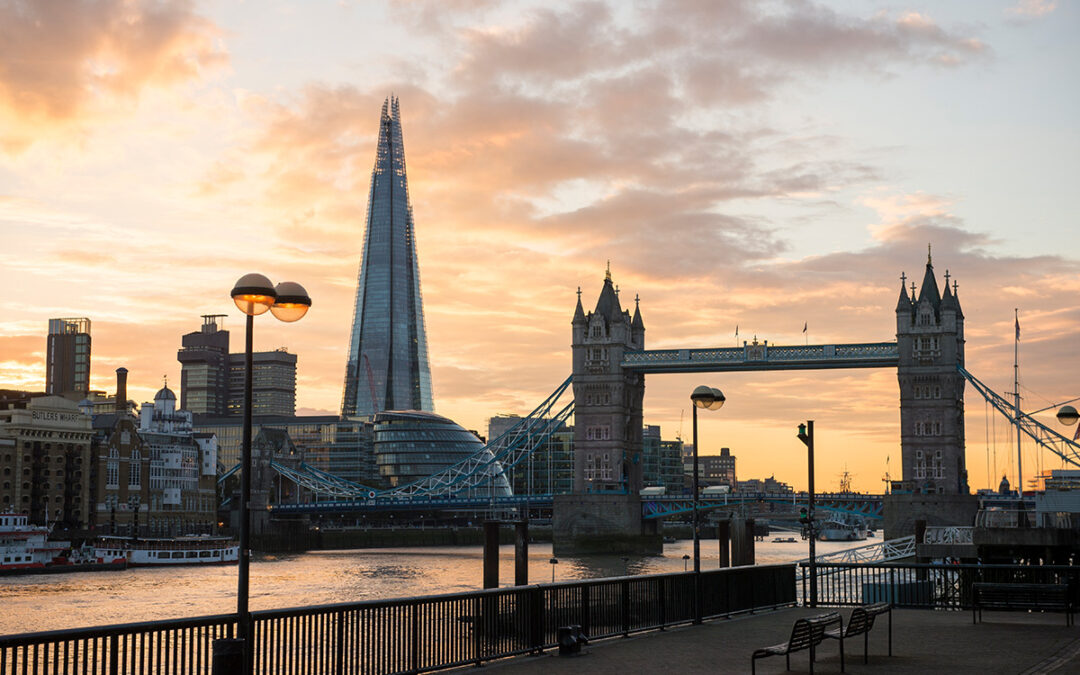Let me confess something: my first London Marathon ended with me hobbling past Buckingham Palace wondering why anyone would voluntarily do this. Then I signed up again. And again. There’s a magnetic pull to this particular 42.2 kilometres that transcends the iconic landmarks and royal finish. As we look toward the 2026 edition, I want to share what most race guides won’t tell you about this legendary event.
The London Reality Check: What You’re Actually Signing Up For
Before you dive into the ballot, understand this isn’t just another big-city marathon. London operates on a different scale entirely, with unique challenges and rewards that will either make or break your experience.
The Three Londons You’ll Experience
This race takes you through distinct personalities of the city:
- Village London: The start in Blackheath feels like an English country fair, complete with locals offering pre-race tea from their garden walls
- Historical London: From Cutty Sark to Tower Bridge, you’re running through living history—the cobblestone sections near Greenwich will test your ankle stability
- Modern London: Canary Wharf’s glass canyons create wind tunnels that nobody mentions in the course guide
The Crowd Paradox
Yes, the supporters are legendary, but they create a strange phenomenon: the “quiet zones” between cheering sections feel eerily silent. The transition from roaring crowds to near-silence around mile 19 can be psychologically challenging when your energy is fading.
The Course Secrets Nobody Shares
The Start Area Deception
Those three separate starts (red, blue, green) aren’t just for crowd control—they create entirely different race experiences. The blue start gets the iconic view of Charlton House, while red start runners face immediate camber on the roads. Choose your charity accordingly if you have preferences.
The Tower Bridge Illusion
Everyone talks about the bridge, but nobody warns you about what comes after. The immediate right turn into a narrow street creates a bottleneck where many runners lose precious minutes and rhythm just when they’re feeling euphoric.
The Embankment’s False Flat
That final stretch along the Thames looks flat on paper. Your tired legs will tell a different story. The nearly imperceptible incline from mile 23-25 has broken more spirits than the Wall itself.
Training for London’s Hidden Challenges
Practice the “Camber Shuffle”
London’s roads slope dramatically toward the gutters. Spend time training on similarly cambered surfaces, and practice switching sides of the road to balance the strain on your hips and IT bands.
Prepare for Sensory Overload
The constant noise-to-silence transitions require mental preparation. Try training with headphones that randomly switch between loud music and silence to simulate race conditions.
Master the Art of “Sight-Running”
Unlike focused trail running, London requires constant visual processing. Practice maintaining pace while taking in your surroundings—the distraction of landmarks can disrupt your rhythm if you’re not prepared.
The Ballot: Playing the Odds for 2026
Let’s be realistic about your chances and alternatives:
- The Charity Route: Beyond fundraising, many charities now offer training programs and race-day support that rival expensive coaching services
- The International Option: Some overseas tour operators still have 2025 packages that include 2026 priority—worth the investment if you’re serious
- The Good for Age Reality Check: The qualifying times are genuinely elite-level for most age groups—be honest about your capabilities before banking on this route
The Verdict: Who Should Actually Run London 2026
After three London Marathons and countless conversations with fellow runners, I’ve identified who benefits most from this experience:
Run London if: You thrive on crowd energy, can handle logistical complexity, and want the complete “event” experience beyond just the race itself.
Consider other options if: You’re seeking a PR above all else (Berlin might serve you better) or prefer a more intimate race experience.
The magic of London isn’t in any single moment—it’s in the cumulative effect of running through living history, carried by half a million voices, and finishing where Olympic legends have competed. It will challenge you in ways no other marathon does, both physically and logistically. But for those who embrace the entire journey—from the first ballot entry to that final step on The Mall—it becomes more than a race. It becomes a story you’ll tell for the rest of your life.
Whether it’s your first marathon or your fifteenth, London’s unique combination of history, crowd support, and world-class organization creates an unforgettable debut experience—though many runners find they appreciate its nuances even more with some previous marathon wisdom under their belts.

